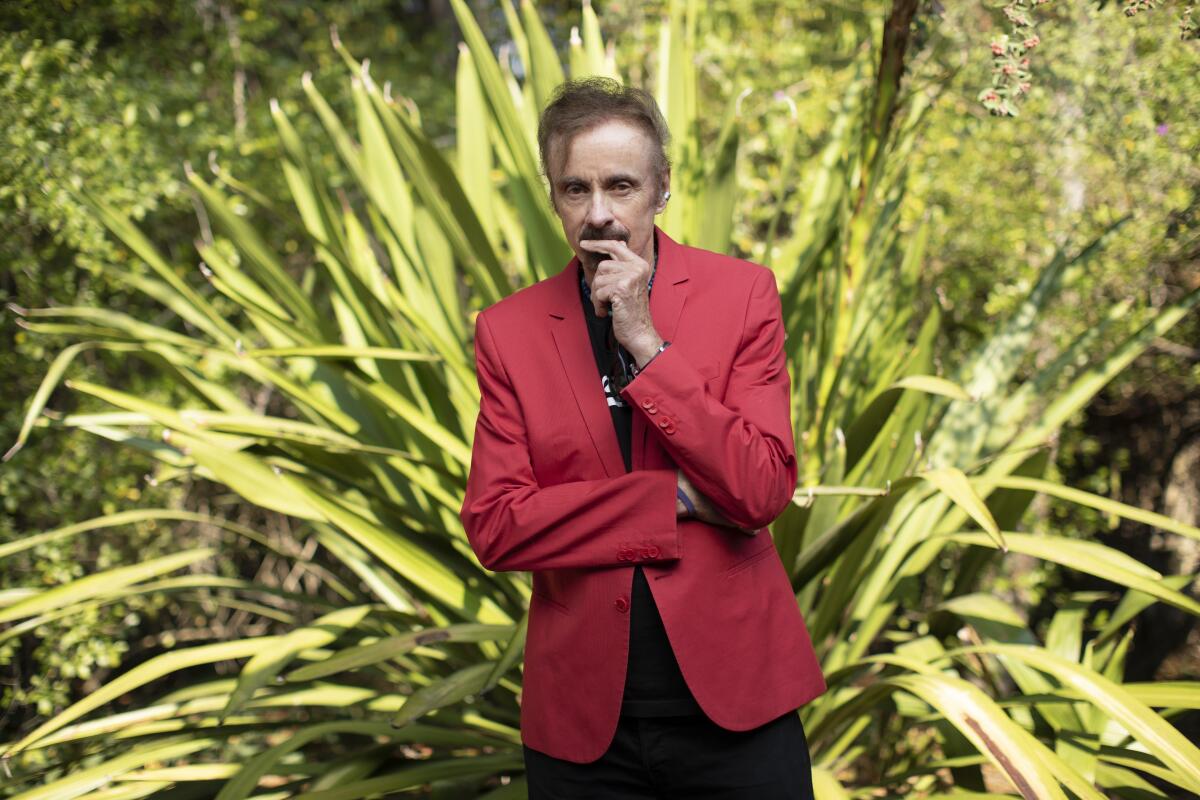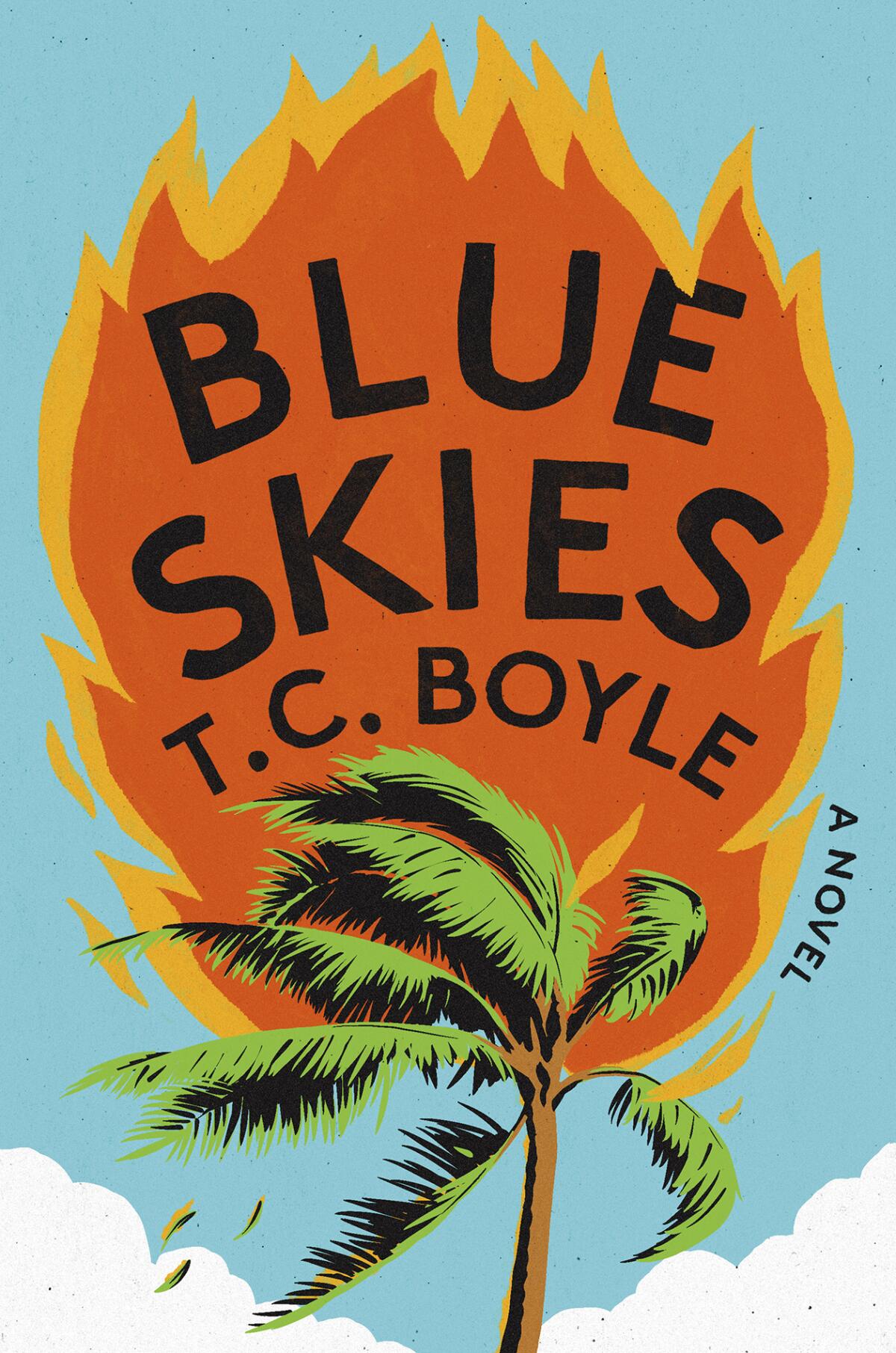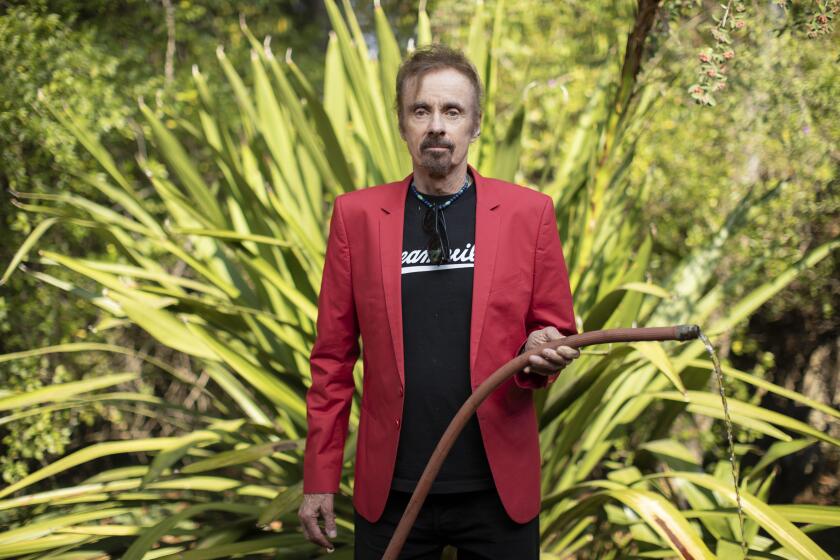It’s the end of the world, and T.C. Boyle’s characters feel meh

- Share via
Review
'Blue Skies'
By T.C. Boyle
Liveright: 384 pages, $30
If you buy books linked on our site, The Times may earn a commission from Bookshop.org, whose fees support independent bookstores.
If our overpopulated and overheated planet is said to be approaching its terminus, as many nervous prognosticators believe, don’t say T.C. Boyle didn’t warn us. Way back in 2000, when we were all looking ahead to the post-Y2K era with wary optimism, Boyle sent out a warning flare in the form of “A Friend of the Earth,” a novel whose story takes place in 2025, by which point a rapid depletion of biodiversity has forced Boyle’s harried characters to take extreme, often loopy measures to sustain themselves.
In the two decades since Boyle wrote that novel, his capacious brain has roamed freely across the American berserk, touching on everything from the life of sex researcher Alfred Kinsey (2004’s “The Inner Circle”) to Timothy Leary and the Harvard LSD experiments of the early 1960s (2019’s “Outside Looking In”). His latest novel, “Blue Skies,” is something of a return to the themes of “A Friend of the Earth,” but with a twist (and, alas, to lesser effect).
Yes, in “Blue Skies” the planet’s shine appears to be dimming — its resources depleted, its heat-trapping gases turning forests to dust and acidifying the oceans. But no one is panicking, at least not yet, even if new lab-cultured meats are being marketed to replace animal-based food products. Instead, Boyle’s smug characters function within the new “shifting baseline” of climate change, where “a new normal … superseded the normal before it,” and everyone learns to live with a lot less.
T.C. Boyle, prolific and funny, discusses our losing battle against nature and his new novel, ‘Talk to Me,’ about a perennial fixation: chimpanzees.
In Boyle’s world, insects are the de rigueur foodie alternative, and why not? As the most abundant life form on Earth, there are plenty to go around, and, given the right culinary sleight of hand, they make a dandy, nutritious meal. But now they, too, are quietly dying off, and no one is really paying much attention. In “Blue Skies,” nature’s slow death is humanity’s blind spot.

Boyle’s entertaining if somewhat bloodless novel circles around an affluent Santa Barbara family that includes Cooper, a biologist who loves bugs to the extent that he nearly loses his life observing them; his mother, Ottilie, who uses farm-raised crickets to make grillions poèlês rôti and other haute cuisine, thereby doing her part, among other things, to cut down the methane footprint of the cattle industry; and Ottilie’s daughter, Catherine, a lost soul living on the Florida coast who has a drinking problem and an unhealthy lust for social media stardom.
Then, the new new normal: a mass extinction of insects, a “bug apocalypse” that causes Ottilie’s crickets to die in droves and untold numbers of damselflies and moths to blanket the ground like “beige snow.” All the while, unrelenting rain pounds Catherine’s home on Florida’s coast, while in California, Ottilie braces for yet another in a series of drought-induced mega firestorms. The last section of the novel is taken up with Ottilie’s journey from Santa Barbara, where wildfires swallow up entire neighborhoods, to reach her pregnant daughter before rising storm waters block her path. In Boyle’s flickering civilization, the weather itself becomes the crucible of a mother’s love for her daughter.
There are some trademark Boyle tropes here, including unexpected death and transgressive sex. He is especially good at describing Catherine’s ascent into the social media empyrean. Unlike her kin, she is blithely unconcerned with the fate of the Earth; when she spots a Burmese python for sale, she has an epiphany: She will be a “snake influencer.” Her posts go gangbusters for a while, and when she uses her cameraphone to shoot a near-death experience on a skiff in a tropical squall, Catherine is finally graced with viral fame. The natural world is not worthy of her respect; it exists entirely for her own utility.
Your ultimate L.A. Bookhelf is here — a guide to the 110 essential L.A. books, plus essays, supporting quotes and a ranked list of the best of the best.
Is “Blue Skies” a cautionary tale? Of course, but the notion of the natural world crumbling while humans whistle past the graveyard is nothing new, given the recent deluge of very good dystopian fiction that has been published in recent years. As satire, it is mildly amusing. Boyle does it well here, but he’s done it better before.
He has certainly got it right. As we become more estranged from the natural world, so we are becoming strangers to ourselves, that crucial aspect of us that is enriched by a keener understanding of how the nonhuman world works. But for a novelist who has enchanted us for more than four decades with his large storytelling gifts, “Blue Skies” feels like a lateral pass. Despite the dramatic dips and turns of its gonzo plot, the story feels inert, perhaps because Boyle isn’t allowing us to get close enough to his characters. The message is loud and clear, but this novel is a minor-key addition to Boyle’s impressive literary corpus.
Weingarten is a writer in Los Angeles.
More to Read
Sign up for our Book Club newsletter
Get the latest news, events and more from the Los Angeles Times Book Club, and help us get L.A. reading and talking.
You may occasionally receive promotional content from the Los Angeles Times.







